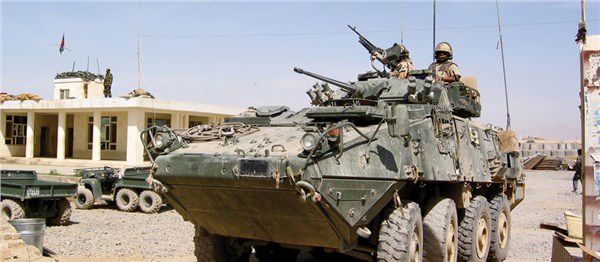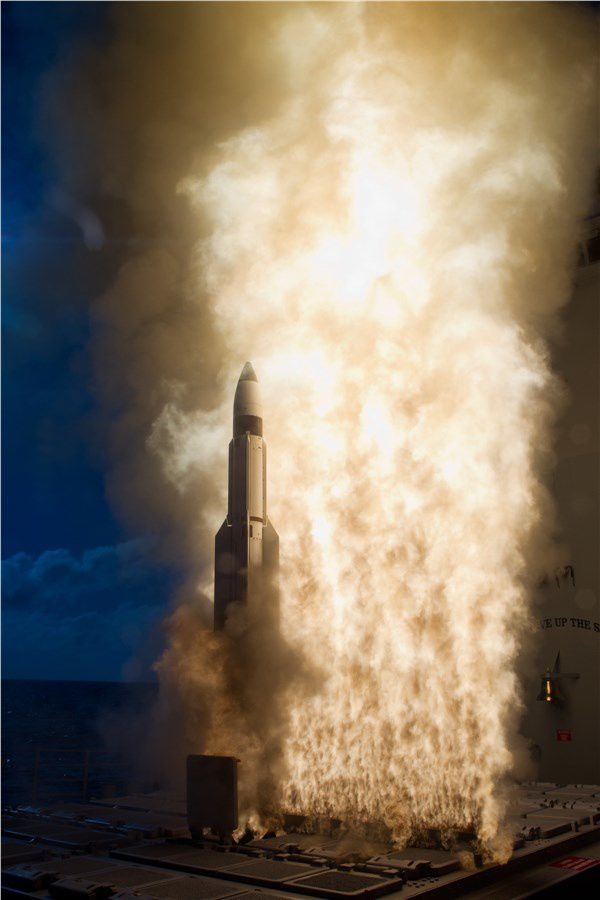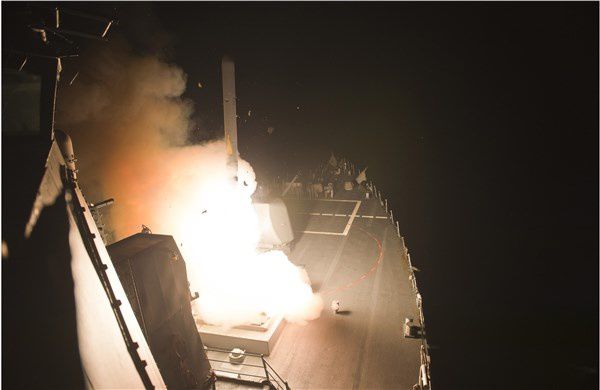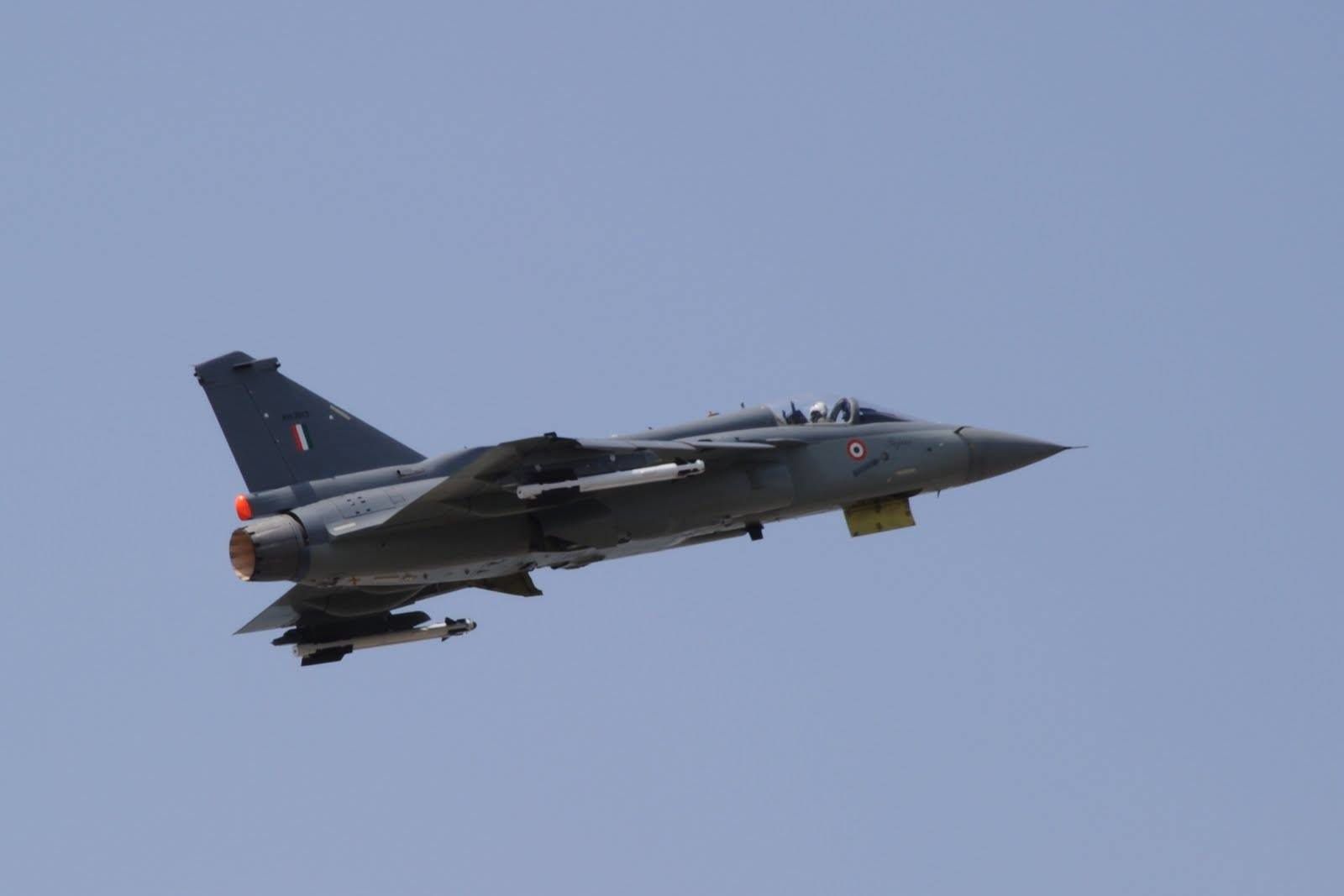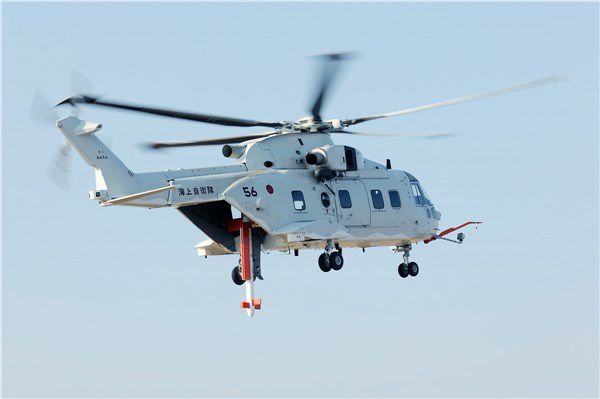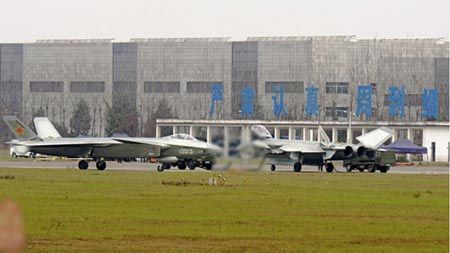March 13, 2015: Strategy Page
The UAE (United Arab Emirates) recently confirmed a 2013 order for half a billion dollars’ worth of Al Tariq smart bombs from a UAE company (Tawazun Dynamics). There is more to this than meets the eye. The UAE has been working for over a decade on creating weapons manufacturers in Arabia. While the Tawazun Dynamics Al Tariq GPS guided bombs (similar to the U.S. JDAM) deal sounds like a success, it is something quite different. The Al Tariq smart bombs are actually the Umbani series of smart bombs developed and produced by South African firm Denel. The Al Tariq include wings that allow a dumb bomb to glide up to 100 kilometers. It’s got a good reputation, but costs more than JDAM. But for some customers the fact that is “Made In Arabia” makes it more attractive than the cheaper brands.
Tawazun Dynamics is the invention of a UAE investment company (UAE) which is seeking to create an industrial capability for the UAE. While Tawazun has plenty of cash and skilled UAE investment managers, there are few UAE engineers and skilled production workers to actually run such companies in the UAE. Instead, Tawazun hires foreigners and makes deals with foreign firms to handle the actual development and manufacturing of weapons and military equipment. When possible, actual production is given to companies in the region, usually in countries that have no oil. This is because few UAE citizens want to work as engineers or production workers. The UAE has foreigners occupying 99 percent of the non-government jobs. The unemployment rate is over 20 percent but only a tenth of those are actually looking for a job. Surveys indicate that most of the unemployed are idle by choice. Kuwait is more entrepreneurial, with only 80 percent of the non-government jobs taken by foreigners. The other Gulf Arab states (which have less oil) have a similar situation.
The UAE employment situation is not unique. In Saudi Arabia the official government attitude is that most (over 80 percent) of the jobs done by the eight million foreign workers in the country are not suitable for Saudis. This includes many sanitation and personal service jobs. But that’s six million jobs and expatriates, especially those from the West, commented (among themselves, not to Saudis) that most of these jobs were done, in the West, by Westerners. Some of the expats noted that Westerners doing their own dirty work were usually well paid for it but in some countries legal or illegal migrants were let in to do the unpleasant jobs for lower wages. This is what the oil rich Gulf Arabs do, and they then take some of the money saved to pay for the generous unemployment benefits for citizens who cannot find suitable work. The resulting high unemployment rate worries government officials, especially in the case of the foreigners doing highly technical jobs in the oil industry, defense, or handling finances.
For the last 30 years this has led to programs aimed at getting rid of many foreigners and making jobs available for locals. This effort has had little success for several reasons. First, businesses are allowed to pay foreigners less than what Saudis will work for and don’t want the hassle of paying more for difficult to handle Saudi employees. Second, there are a lot of “dirty” jobs that Saudis will not or cannot (because they are women) take. Third, not a lot of Saudis are qualified for the high-skill jobs where the government is particularly anxious to have locals replace foreigners.
The lack of skills has to do with the education system, which is largely controlled by Islamic conservatives, especially in Saudi Arabia where technical subjects are downplayed and religious studies emphasized. Young Saudis are encouraged to concentrate in religious studies in college. Many students go along with this, in part because it’s a lot easier than majoring in science or engineering. While the wealthy oil states produce a lot of doctors, scientists, and highly trained professionals, they don’t do so at the rate of Western countries and, more importantly, produce even fewer skilled workers to actually produce things and support the high-end professionals.
Then there’s the work ethic, which is not nearly as good as seen in the foreign workers. This is in part a self-inflicted problem. Since all of the oil states in Arabia are monarchies, the rulers quickly found that the most effective way to remain in power was to keep their subjects pampered and happy. In other words, spread the oil money around and pay attention to public opinion. Most of the public backs the use of foreigners and the continued use of oil money to make life easy for the locals.
For example, foreign workers are brought in to handle most jobs (like training pilots and maintaining weapons) that require high skill levels, a lot of effort, and lots of experience. This importation of foreign experts for piloting warplanes and maintaining them is very common in the Arab oil nations because the locals tend to avoid heavy physical or mental labor. While many Arab men see being a fighter pilot as glamorous and worthy of some effort, the training required discourages most who attempt it. Some Gulf Arab states insist that Arabs occupy those fighter plane cockpits no matter what so the foreign trainers and maintainers are ordered to do what has to be done to keep the pilots alive and the planes in one piece. Pilot skill and capability has a lower priority.
It’s not just the Gulf Arab states that are having these problems. In late 2011, in the wake of the rebellion that overthrew the Kaddafi dictatorship, a lot of Libyans found themselves out of work. The unemployment rate was believed to be about 30 percent. Yet there are over a million foreign workers in Libya at the start of the fighting and a million government employees. The foreigners comprise 20 percent of the population and nearly half the workforce. Most of the foreigners fled during the fighting and, despite the high unemployment caused by the fighting, the government was unable to find qualified locals to replace most of the foreign workers (who were invited to return). There were plenty of jobs for Libyans but most of the jobs require work most Libyans will not do. As a result, most of the jobs are held by foreigners, often illegal immigrants from Egypt and other African nations to the south. The revolution is unlikely to change this.
This is not an unusual situation in the Arab oil states. In Saudi Arabia the unemployment rate is 12 percent but many of those men are unemployed by choice. Arabs tend to have a very high opinion of themselves and most jobs available to poorly educated young men do not satisfy. Thus most Saudis, and Libyans, prefer a government job where the work is easy, the pay is good, the title is flattering, and life is boring. In the non-government sector of the economy 90 percent of the Saudi jobs are taken by foreigners. These foreigners comprise 27 percent of the Saudi population, mostly to staff all the non-government jobs. This means most young Saudi men have few challenges. One might say that many of them are desperate for some test of their worth and a job in the competitive civilian economy does not do it. Thus al Qaeda and ISIL appealed to this by urging Saudi men to come to Iraq or Syria and fight for Islam. Since few of the volunteers have any fighting skills, most arrived and were talked into being suicide bombers.
This problem is recognized by Arabian leaders, who realize that the oil will eventually run out and if there are no other economic activities providing jobs, it will be a social and political disaster. The governments are trying to change attitudes and change education policy but are running into a lot of resistance from Islamic conservatives and indolent young people who do not want to give up the good life for hard work and responsibility. Many women would like to take some of those job opportunities but most Arab states abide by relatively recent customs that prohibit women from working outside the home. Before the oil wealth became a factor 60 years ago, women were very active in the economy. Even the early growth of Islam was financed by a wealthy female merchant, who was also the wife of the prophet Mohammed. Despite all that, the conservative clergy insist that the women stay home. It’s a mess that is proving very resistant to a cure.















